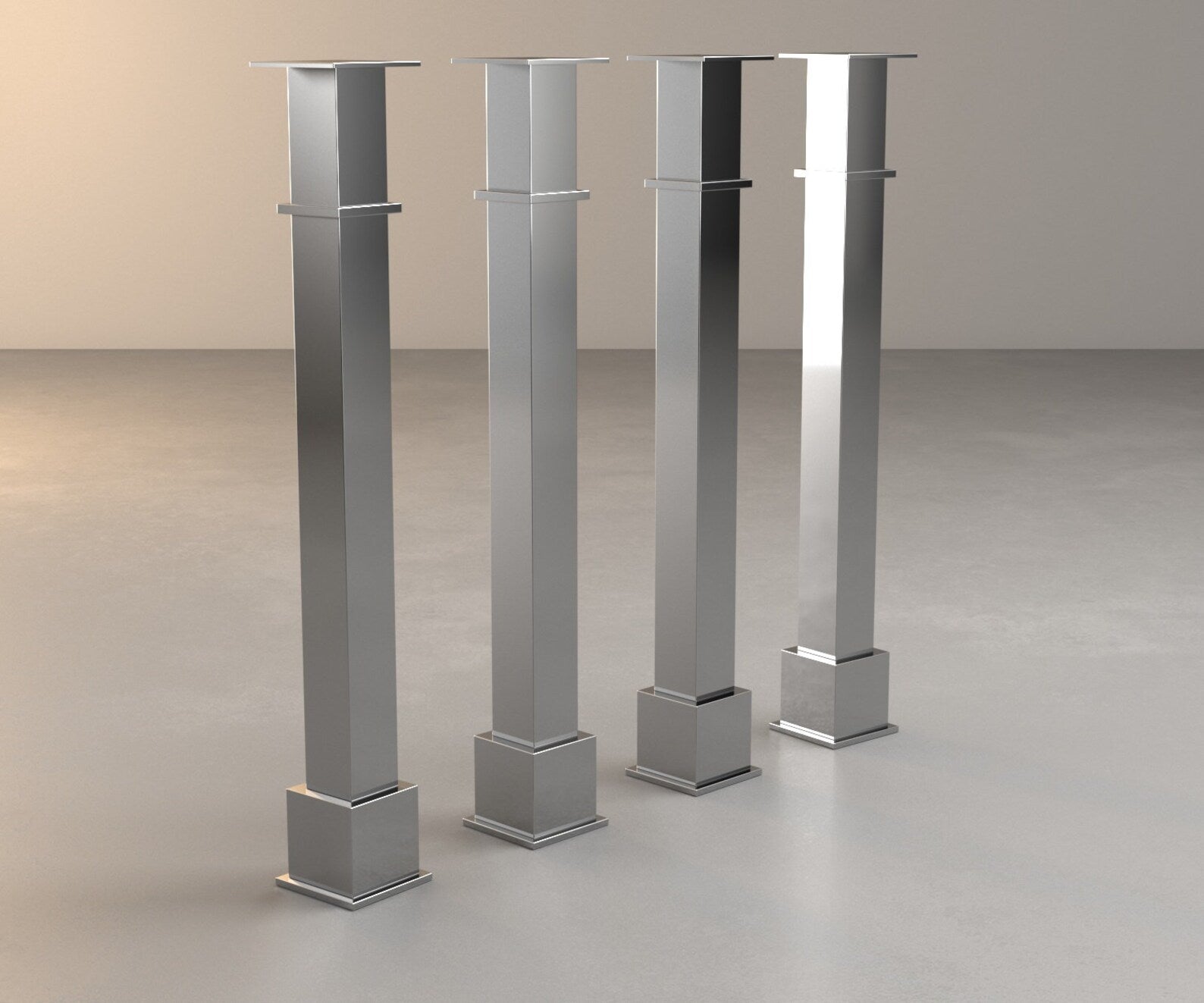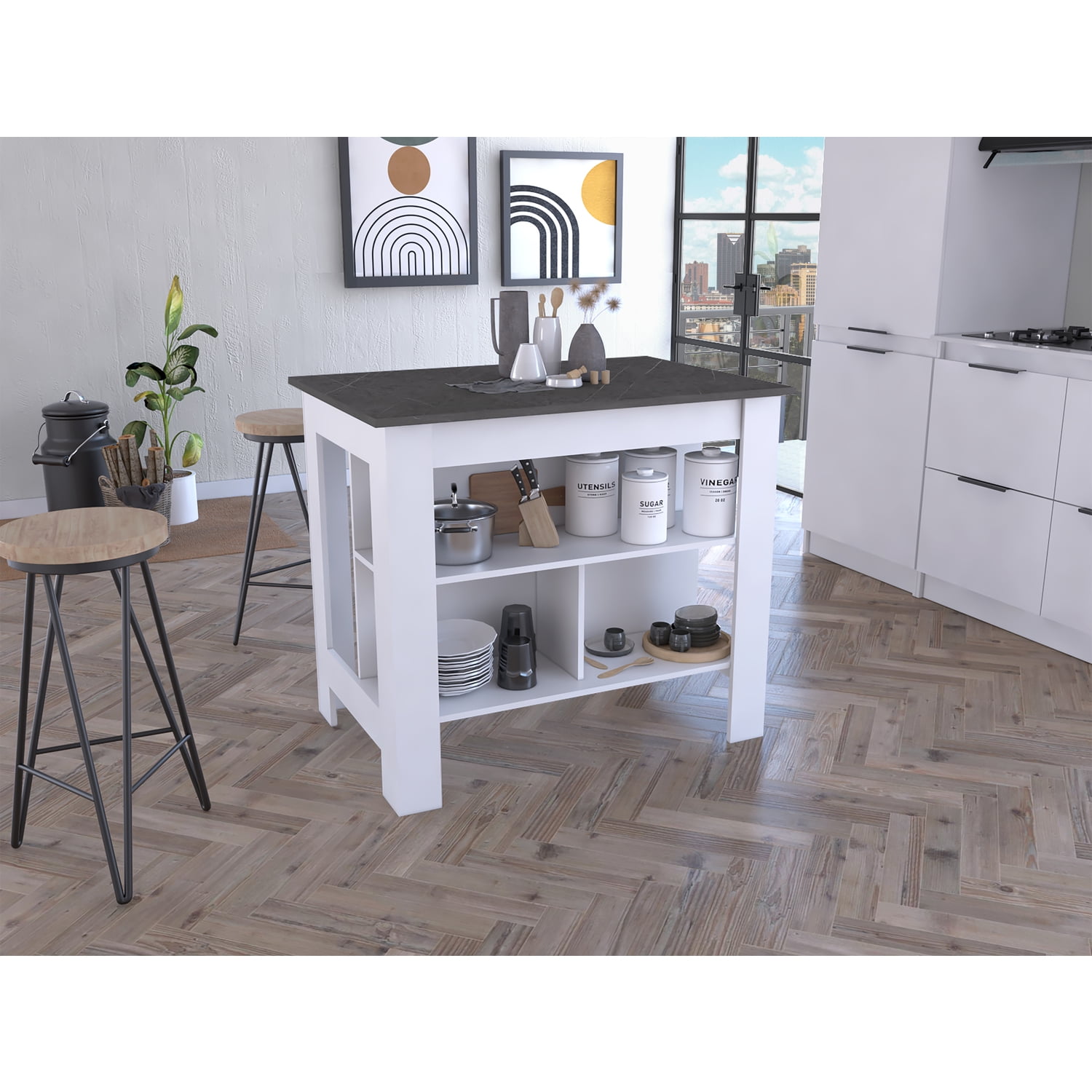Secret Factors To Consider for Finding the most effective Legs For Kitchen Area Island for Your Design
When choosing the excellent legs for your cooking area island, a number of key factors to consider come into play that can significantly influence both capability and looks. The choice of design, elevation, and material should align with your overall kitchen area design to ensure a harmonious look.
Determine Your Design Choice
When choosing the perfect legs for your kitchen area island,Identifying your style preference is critical. The legs of your cooking area island not just serve a practical objective however likewise contribute considerably to the general visual of the space. Recognizing your design style-- be it contemporary, rustic, typical, or industrial-- is important.
For a modern kitchen area, think about smooth, minimalistic legs that complement clean lines and open spaces. In contrast, a rustic setting may profit from even more robust, farmhouse-style legs constructed from recovered products. Traditional cooking areas often favor transformed or luxuriant legs, which can include a touch of style and class. At the same time, a commercial aesthetic may ask for metal legs that emphasize a raw, unfinished look.
Additionally, think about the elevation and proportion of the legs in relation to the island's surface area. Eventually, your design choice will certainly influence not only the selection of legs yet likewise the general consistency of your kitchen area's layout.
Select the Right Material
Selecting the right product for your cooking area island legs is essential in making certain both resilience and aesthetic appeal. Different products offer distinctive advantages, and the selection commonly shows your design choices and useful requirements.
Wood is a preferred choice, giving warmth and versatility. It can be discolored or painted to match your cooking area style, making it adaptable to numerous styles, from rustic to modern. Timber may need normal maintenance to protect its look and honesty.

If you seek a distinct touch, consider acrylic or glass products. They can create an impression of area and lightness in your kitchen, making them a superb choice for smaller locations - Legs For Kitchen Island. These choices might require cautious handling and maintenance to stay clear of scrapes.
Inevitably, the product you pick ought to line up with your kitchen's general style, guaranteeing that the legs offer both attractive and functional objectives.
Take Into Consideration Height and Percentages
When creating a cooking area island, elevation and proportions play a crucial duty in making sure functionality and convenience. The standard elevation for a kitchen area island typically ranges from 36 to 42 inches, lining up with standard counter heights or bar heights, specifically. This dimension is important for balancing with bordering feceses and countertops, enabling convenience of usage during dish preparation and social communications.
Furthermore, the island's percentages should match the total kitchen layout. Consider the proportion between the island's size and length, ensuring it offers adequate surface location without crowding the kitchen area.
Furthermore, the height of the legs or base can affect the visual charm and functionality. Taller legs may offer a much more modern, ventilated feel, while much shorter ones can evoke a conventional, based look. Eventually, meticulously thinking about height and percentages will result in a cooking area island that is both functionally efficient and aesthetically appealing, enhancing the total design of the space.
Assess Stability and Durability
A cooking area island's legs should not only complement its height and proportions however also give ample stability and longevity to sustain day-to-day activities. The legs are important to the general capability of the island, as they birth the weight of the kitchen counter and any type of added tons, such as home appliances or cooking jobs.
When analyzing security, it is crucial to take into consideration you can look here the leg layout and material. As an example, strong metal or solid hardwood legs commonly provide exceptional toughness contrasted to lighter materials like engineered click to investigate timber or plastic. Furthermore, a larger base can enhance stability, decreasing the risk of tipping or tottering throughout usage.
Sturdiness is similarly crucial; the legs should withstand damage from everyday use. Think about coatings that secure against scrapes, damages, and wetness, specifically in a kitchen atmosphere. Review the high quality of building, such as fastenings and joints, which can dramatically impact the legs' long-lasting performance.
Eventually, buying well-crafted legs that focus on security and sturdiness will certainly ensure your kitchen island continues to be a dependable workspace for several years to find, improving your cooking experiences while keeping visual allure.
Consider Maintenance and Care
Maintenance and care are crucial considerations for guaranteeing the longevity and performance of kitchen island legs. When choosing legs, it is vital to review the materials made use of, as various choices require differing levels of upkeep. Wood legs might need regular refinishing or sealing to prevent dampness damages and scrapes, while metal legs might require normal brightening to maintain their shine and stop rust.
Moreover, the coating related to the legs can affect maintenance demands. A high-gloss layer may be simpler to tidy however can show scratches and finger prints more readily from this source than a matte surface. It is suggested to select products and coatings that match your lifestyle; for instance, if you often hold celebrations, opt for durable products that can endure deterioration.
Additionally, consider the cleansing procedure involved in keeping these legs. Smooth surfaces often require minimal initiative, while detailed styles might build up dust and gunk, requiring even more labor-intensive cleansing approaches. Legs For Kitchen Island. Ultimately, considering the maintenance and treatment required for your chosen cooking area island legs will not just boost their aesthetic allure however also ensure their useful integrity with time
Final Thought
Finally, picking the optimal legs for a kitchen island demands cautious consideration of numerous aspects, consisting of design style, product choice, height, maintenance, and security. Each element plays an essential function in making sure that the legs not only improve the visual allure of the kitchen however likewise provide the essential assistance and resilience for everyday usage. A knowledgeable choice will eventually contribute to a practical and visually pleasing cooking area environment.
The legs of your kitchen island not just offer a useful objective but also add substantially to the total aesthetic of the space.Maintenance and treatment are essential considerations for making certain the longevity and efficiency of kitchen island legs. Wood legs might require periodic refinishing or sealing to stop moisture damages and scratches, while steel legs may need routine polishing to keep their shine and protect against rust.
Ultimately, factoring in the upkeep and care needed for your selected kitchen island legs will not just enhance their aesthetic charm yet additionally ensure their functional integrity over time.
